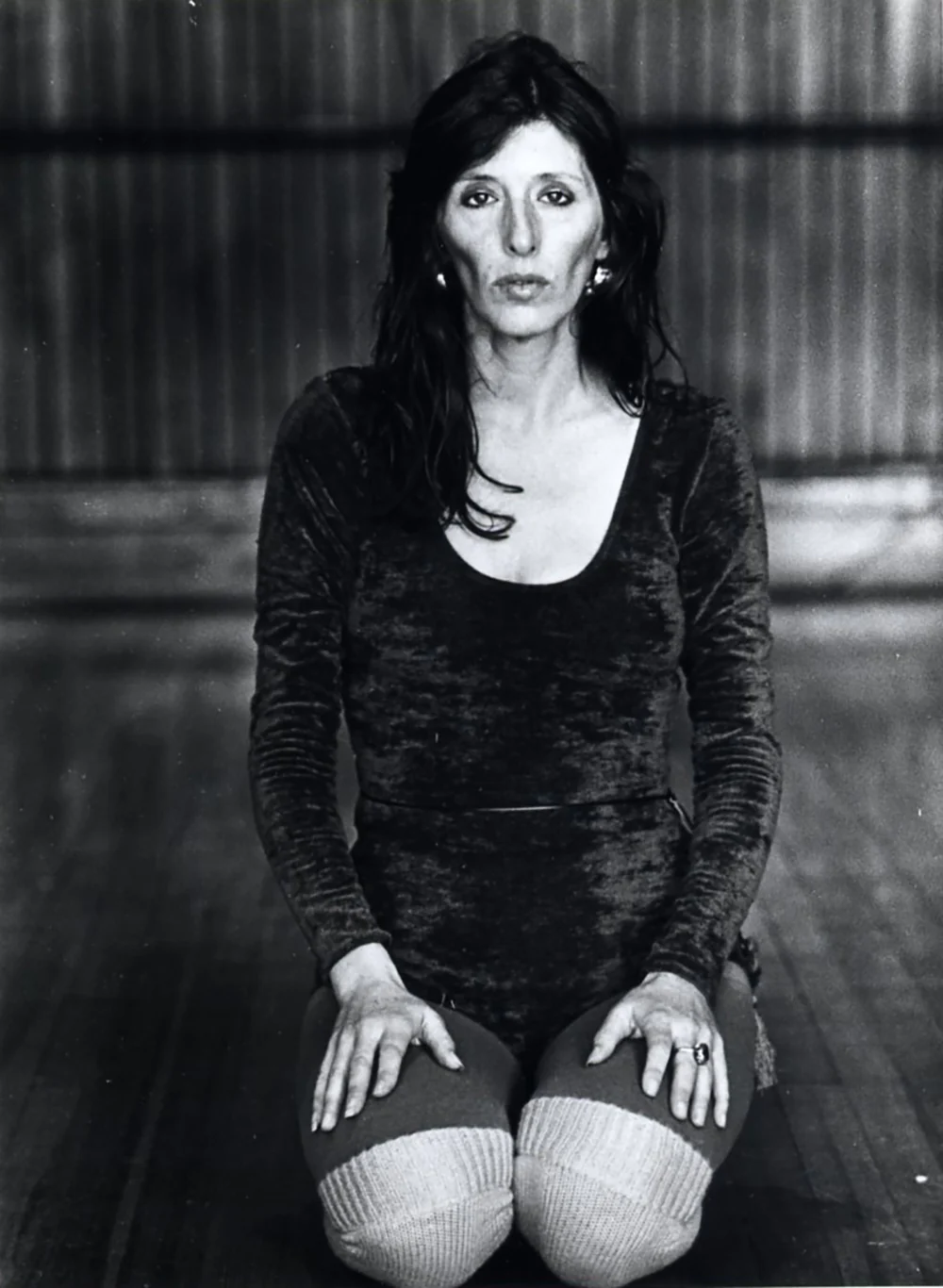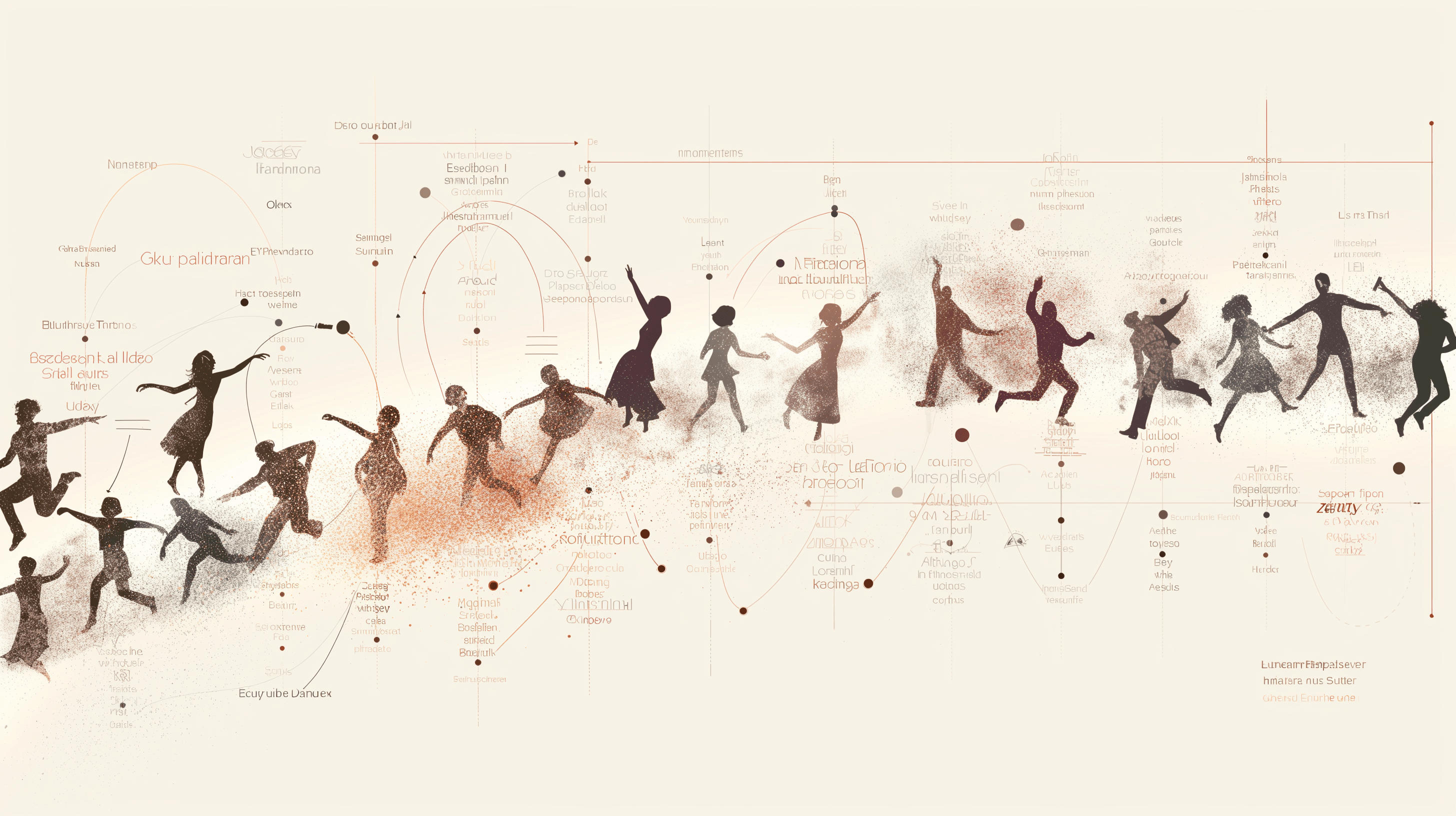The History of Ecstatic Dance

What is Ecstatic Dance?
Introduction
At its core, Ecstatic Dance is all about freedom—freedom to move however you feel, without worrying about specific steps or choreography. Unlike more structured dance styles, Ecstatic Dance invites you to let go and just be in the moment, allowing the music to guide your movements. The music can range from mellow and ambient to high-energy beats, creating a unique experience every time.
To keep the vibe focused and positive, there are a few simple guidelines: dance barefoot, no talking, and keep it substance-free. These rules help create a space where everyone can fully dive into the experience, free from distractions.
Ancient Roots of Ecstatic Dance

Connecting with the Divine through Dance
The roots of Ecstatic Dance run deep, tracing back to ancient rituals and spiritual practices. Across various cultures, dance has long been a tool for connecting with the divine, celebrating life, and experiencing transcendence.
Shamanic Traditions
One of the earliest forms of Ecstatic Dance can be found in shamanic traditions. Shamans used rhythmic drumming and dance to enter altered states of consciousness, often to heal or connect with the spiritual realm. These rituals weren't just about the physical movement—they were about using the body as a vessel for spiritual exploration.
Greek Mythology and Ecstatic Dance
In ancient Greece, ecstatic dance was also present in the worship of gods and goddesses. The Maenads, followers of Dionysus, the god of wine and ecstasy, engaged in frenzied, ecstatic dances as part of their rituals. Similarly, the Corybantes, devoted to the goddess Cybele, performed wild, rhythmic dances believed to invoke divine presence. These early forms of dance laid the groundwork for what would evolve into modern Ecstatic Dance.
The Birth of Modern Ecstatic Dance
Gabrielle Roth and the 5 Rhythms
Fast forward to the 1970s, and the concept of Ecstatic Dance began to take shape in a more structured form. Gabrielle Roth, a dancer and musician, played a pivotal role in this evolution. She introduced the 5 Rhythms practice, a movement meditation that guides dancers through five distinct stages: Flowing, Staccato, Chaos, Lyrical, and Stillness. Each rhythm encourages different types of movement and emotional exploration, creating a journey that is both physical and spiritual.

source; https://ravenrecording.com/pages/about-us
Roth's work emphasized the healing power of dance and movement, helping to cement the idea that dance could be more than just entertainment—it could be a path to self-discovery and transformation. The 5 Rhythms became a cornerstone of the conscious dance movement, influencing many of the practices that followed.
The Evolution and Spread of Ecstatic Dance
The 1980s and 1990s: Conscious Dance Takes Off
During the 1980s and 1990s, the concept of Ecstatic Dance began to spread beyond the 5 Rhythms, with various forms of conscious dance emerging around the world. Events like the Barefoot Boogie in San Francisco offered drug- and alcohol-free dance spaces, where participants could experience the joy of movement in a safe, supportive environment. These events emphasized community, connection, and the idea that dance could be a powerful tool for personal and collective healing.
In Europe, practices like Movement Medicine began to take root, drawing from the same principles that underpinned Ecstatic Dance and 5 Rhythms. These practices blended traditional dance forms with modern therapeutic approaches, creating spaces where people could explore their inner worlds through movement.

Key Figures and Global Expansion
Max Fathom and the Role of Electronic Music
The early 2000s marked a significant turning point in the Ecstatic Dance movement, largely thanks to Max Fathom. Fathom, a key figure in the Conscious Dance community, encountered electronic music at Burning Man, an experience that profoundly influenced his approach to dance. When he arrived at Kalani Honua in Hawaii, he discovered a dance gathering that relied on mixtapes. Seizing the opportunity, Fathom began integrating electronic music into the sessions, creating a new, electrifying form of Ecstatic Dance that resonated deeply with participants.
Tyler Blank and Donna Carroll: Pioneering Ecstatic Dance Events
In 2008, Tyler Blank and Donna Carroll took Ecstatic Dance to new heights by launching a weekly event at Sweet's Ballroom in Oakland, California. Their vision was clear: to keep Ecstatic Dance an open-source practice, free from trademarks or official trainings. This decision allowed Ecstatic Dance to grow organically, spreading to new locations and attracting a diverse array of participants.
Their efforts paid off. By 2018, Ecstatic Dance had taken root in over 80 locations worldwide, with each community adding its unique flavor to the practice. From the beaches of Hawaii to urban centers like Amsterdam, where events are held almost daily, Ecstatic Dance has become a global phenomenon.
Ecstatic Dance Today: A Global Movement
A Diverse and Inclusive Practice
Today, Ecstatic Dance is celebrated in hundreds of locations across the globe. In cities like Amsterdam, you can find Ecstatic Dance events nearly every day, often featuring some of the most talented DJs in the scene. For example, Odessa Amsterdam offer Ecstatic Dances, 5 days per week! What began as a spiritual practice rooted in ancient traditions has evolved into a diverse and inclusive movement that welcomes people from all walks of life.
The beauty of Ecstatic Dance lies in its adaptability. Whether it's a sunrise session on a beach or a late-night event in an urban warehouse, each Ecstatic Dance gathering offers a unique experience. The practice has grown to include a wide range of musical genres and dance styles, making it accessible to everyone, regardless of their background or dance experience.
FAQs
-
How did Ecstatic Dance start?
Ecstatic Dance has its roots in ancient rituals and spiritual practices where dance was used as a tool for spiritual connection and healing. -
Where did Ecstatic Dance come from?
Modern Ecstatic Dance evolved from practices like Gabrielle Roth's 5 Rhythms in the 1970s, blending traditional dance with modern therapeutic techniques. -
What is conscious dance?
Conscious dance refers to dance practices that focus on self-expression, mindfulness, and personal growth, rather than just technique or performance. -
What are the differences between Ecstatic Dance and 5 Rhythms?
While 5 Rhythms is a structured practice with five distinct phases, Ecstatic Dance is more free-form, allowing for a wider range of musical styles and movements. -
Who are the key figures in the history of Ecstatic Dance?
Key figures include Gabrielle Roth, who developed the 5 Rhythms, and Max Fathom, who integrated electronic music into the practice, as well as Tyler Blank and Donna Carroll, who helped spread the movement globally.

